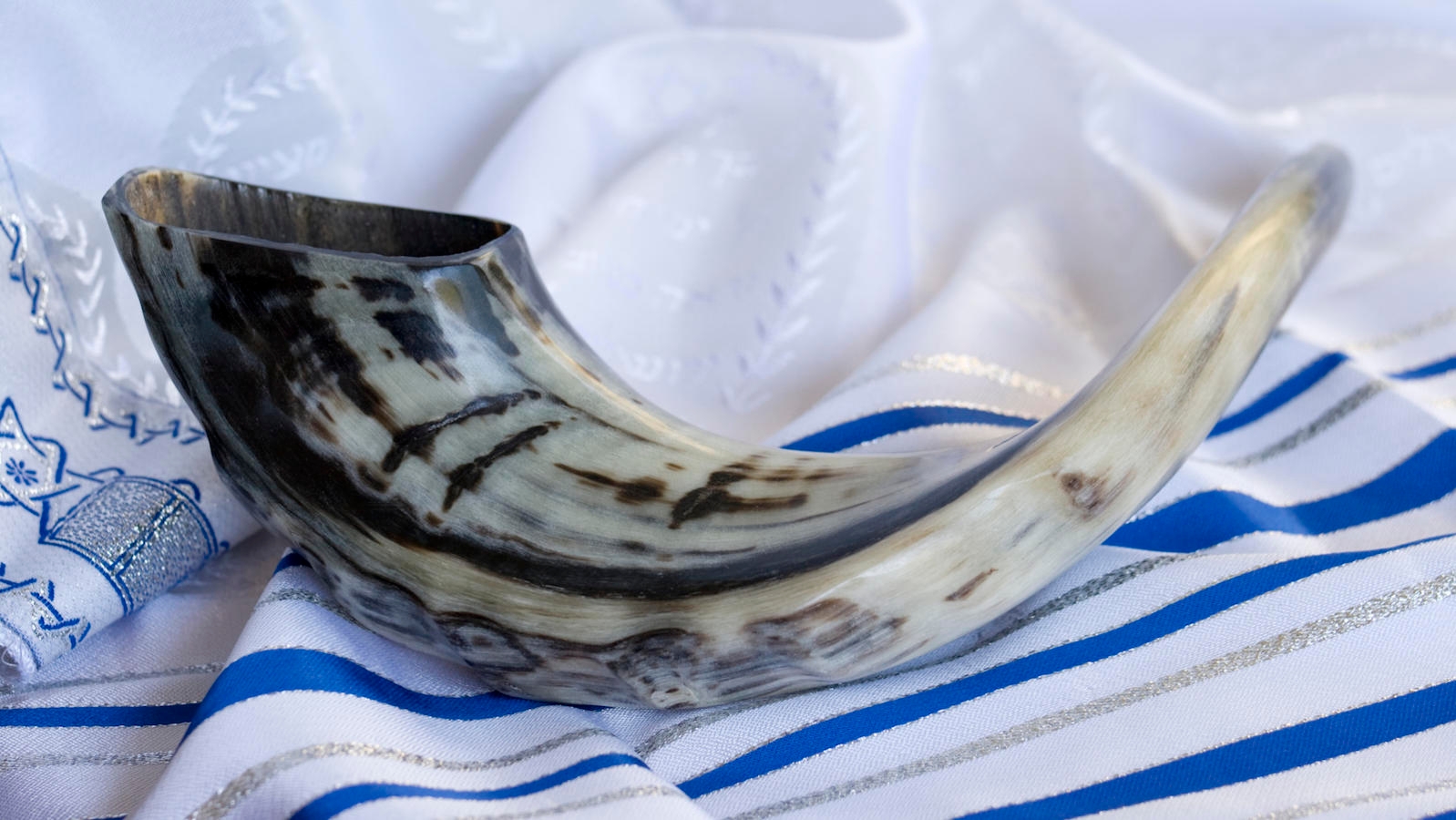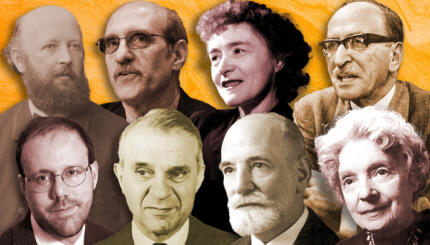In 1768, Congregation Shearith Israel, the Spanish and Portuguese synagogue in New York City, appointed 23-year-old Gershom Mendes Seixas as its hazzan, or reader. Seixas was one of six children of Isaac Mendes Seixas, a Portuguese converso whose family fled to London after Isaac’s father was accused, in 1725, of secretly practicing his ancient faith. In 1730, Isaac immigrated to New York, where in 1741 he married Rachel Levy, an Ashkenazi Jew. Gershom was the product of this “mixed” Sephardic-Ashkenazic marriage.
New York City in the 1760s had fewer than 300 Jews, and one Hebrew congregation: Shearith Israel. The congregation was a kehillah, a synagogue community. Shearith Israel was the center of communal life for this small outpost of American Jewry, whose members struggled to retain their Jewish identity and religious practices in a society that offered them many opportunities to blend into the broader commercial and secular cultures. They gathered together at Shearith Israel to celebrate holidays and life events together: to marry, mark births and deaths, give thanks for the blessings of religious toleration in America, and to pray for the coming of the Messiah. Despite the fact that a majority was Ashkenazic, the congregation stuck to the ancient Sephardic minhag, or rituals. As hazzan of the congregation, Gershom Mendes Seixas was at the center of the community’s effort to retain its Judaism while living in the tolerant, absorptive atmosphere of wider American society.
We note that Seixas was the hazzan of Shearith Israel, not its rabbi. It was not until the mid-19th century that America had its first ordained rabbi, that is, a religious leader and teacher formally trained and certified by other ordained, senior rabbis. Before the 1850s, scholarly-trained European rabbis preferred not to live permanently in North America, without learned colleagues and among congregants who had–with few exceptions–fallen away from strict Orthodox practices and little formal learning in Jewish law.
Accordingly, it was left to Seixas to do more than lead services in Shearith Israel. Although not a formally trained rabbi, he served as spiritual leader, interpreter of religious law, supervisor of kashrut, performer of marriages and funerals, and all the other duties we now associate with ordained rabbis.
Gershom Mendes Seixas received his Jewish education primarily from his father. Gershom was not a college graduate but educated himself in Talmud and read widely in secular literature, including Christian texts. New York’s Jewish community was simply too small to live in isolation from its non-Jewish neighbors and, like most of his congregants, Seixas had many friends and associates amongst the New York Christian commercial and social elite. One sign of the respect in which Seixas was held was his appointment, in 1784, to the board of trustees of Columbia College, now Columbia University.
Chapters in American Jewish History are provided by the American Jewish Historical Society, collecting, preserving, fostering scholarship and providing access to the continuity of Jewish life in America for more than 350 years (and counting). Visit www.ajhs.org.
Sephardic
Pronounced: seh-FAR-dik, Origin: Hebrew, describing Jews descending from the Jews of Spain.
Talmud
Pronounced: TALL-mud, Origin: Hebrew, the set of teachings and commentaries on the Torah that form the basis for Jewish law. Comprised of the Mishnah and the Gemara, it contains the opinions of thousands of rabbis from different periods in Jewish history.



